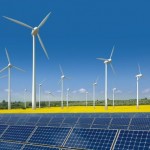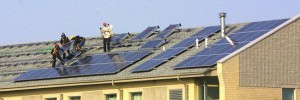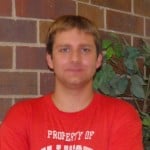MSE Seminar
Friday, August 3, 2012
10:00 am – 11:00 am
Room 610, M&M Building
Yang Ren
X-ray Science Division
Advanced Photon Source
Argonne National Laboratory
Abstract
The Advanced Photons Source (APS) is a national synchrotron x-ray user facility for the cutting-edge research in the fields of both fundamental and applied science and technology. The availability of high-brilliance high-energy x-rays generated at the APS has significantly advanced the field of materials research, especially for in-situ studies in real-conditions. In this talk, we will give a general introduction of the APS and then focus on applications of synchrotron high-energy x-rays for in-situ structural characterization of energy materials in bulk forms or nanoscale phases under complex sample environments (e.g., low/high temperature, pressure/stress and magnetic/electric fields). Technical details and scientific research opportunities with synchrotron high-energy x-rays will be presented, together with some recent results in different research areas, ranging from correlated electron systems to advanced battery materials to functional alloys. (Use of the Advanced Photon Source was supported by the U.S. Department of Energy, Office of Science, Office of Basic Energy Sciences, under Contract No. DE-AC02-06CH11357.)
Bio: Dr. Yang Ren is a physicist at Argonne National Laboratory. He received his M.S. in condensed matter physics from the Institute of Physics, Chinese Academy of Science in 1988, and his Ph.D. in chemical physics from the University of Groningen, The Netherlands in 1996. He is currently a beamline scientist for a high-energy x-rays beamline at the Advanced Photon Source.




